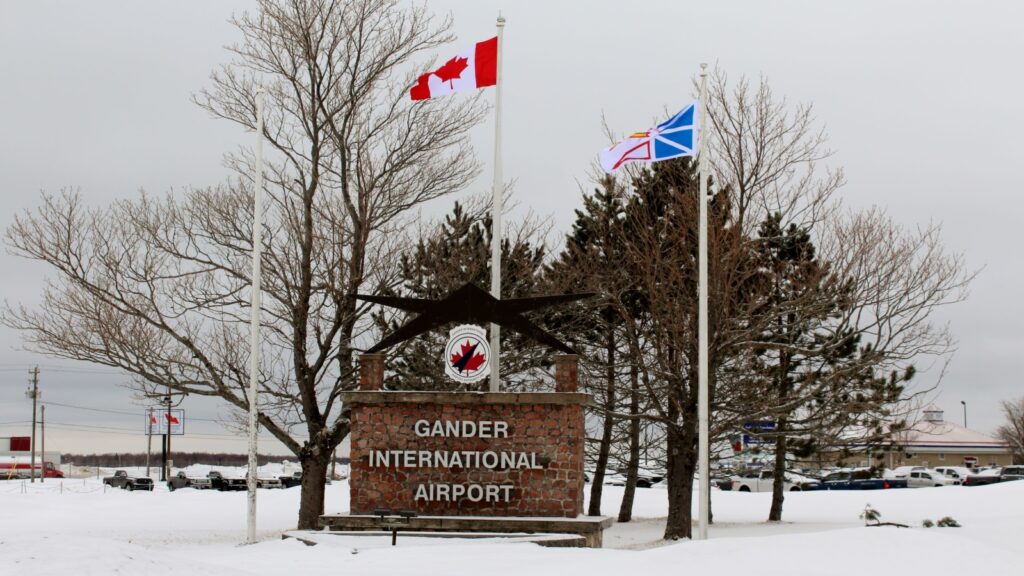Delays at airports can ruin travel plans, but not all airports are equal. Some Canadian airports are chronically frustrating, while others are models of reliability, which can all impact the traveling experience. Before booking a flight or traveling by air, it is therefore important to consider delays, particularly if your journey includes a layover. If you fly often or just want fewer surprises, this list helps you know which airports to avoid when possible and which make flying easier. Here are 25 Canadian airports ranked from worst to best for delays:
Montréal–Pierre Elliott Trudeau International Airport (YUL)
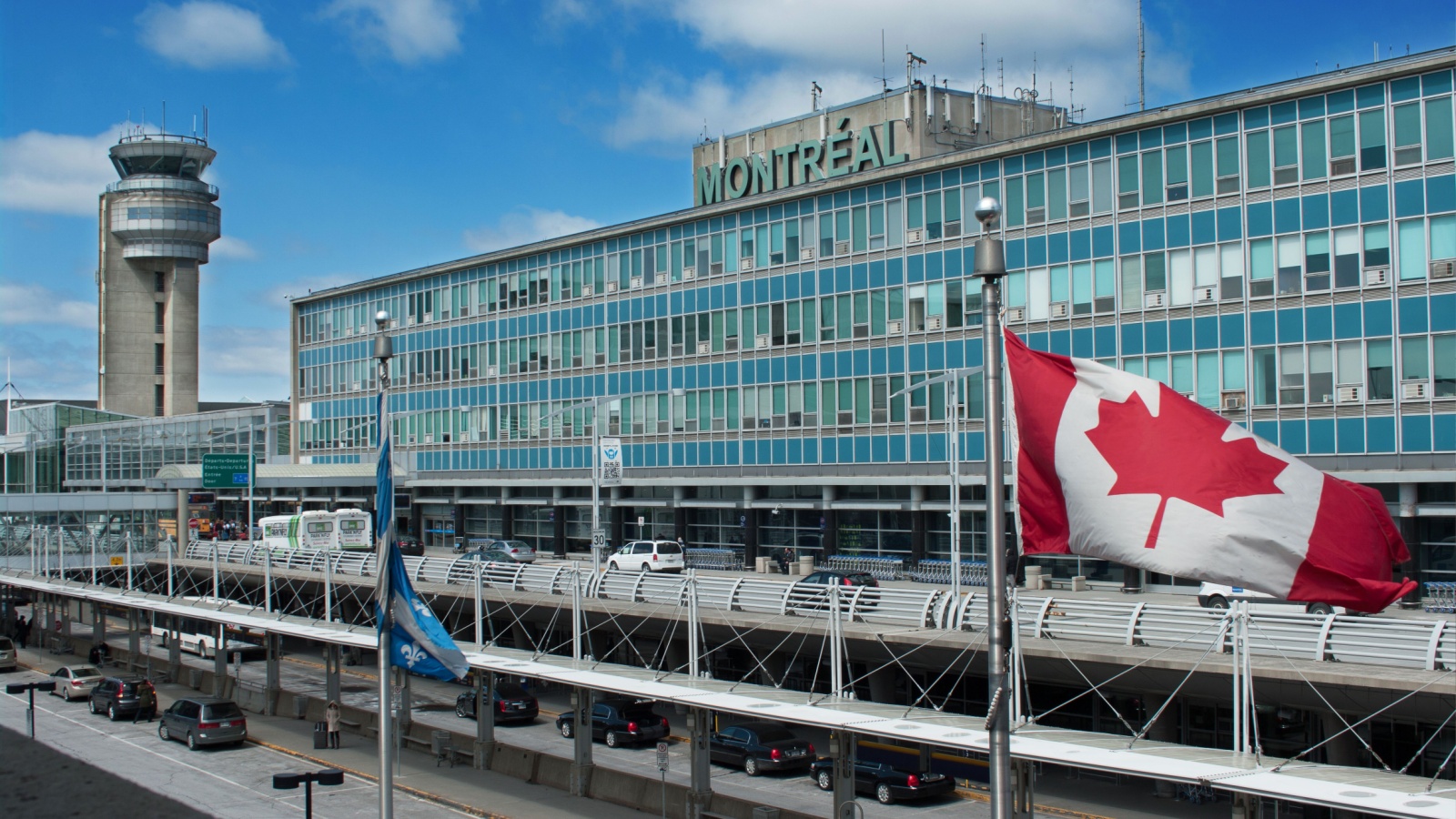
Montréal–Trudeau ranks dead last when it comes to delays in Canada, with only about 62.7% of flights departing on time in 2023. As one of the busiest international hubs in the country, YUL suffers from congestion, long customs and security lines, and frequent delays during transatlantic flight waves. Even with recent upgrades to lounges and terminals, the airport continues to frustrate travelers, while harsh winters and staffing issues only make things worse. For those flying through YUL, building extra buffer time into connections is essential.
Toronto Pearson International Airport (YYZ)
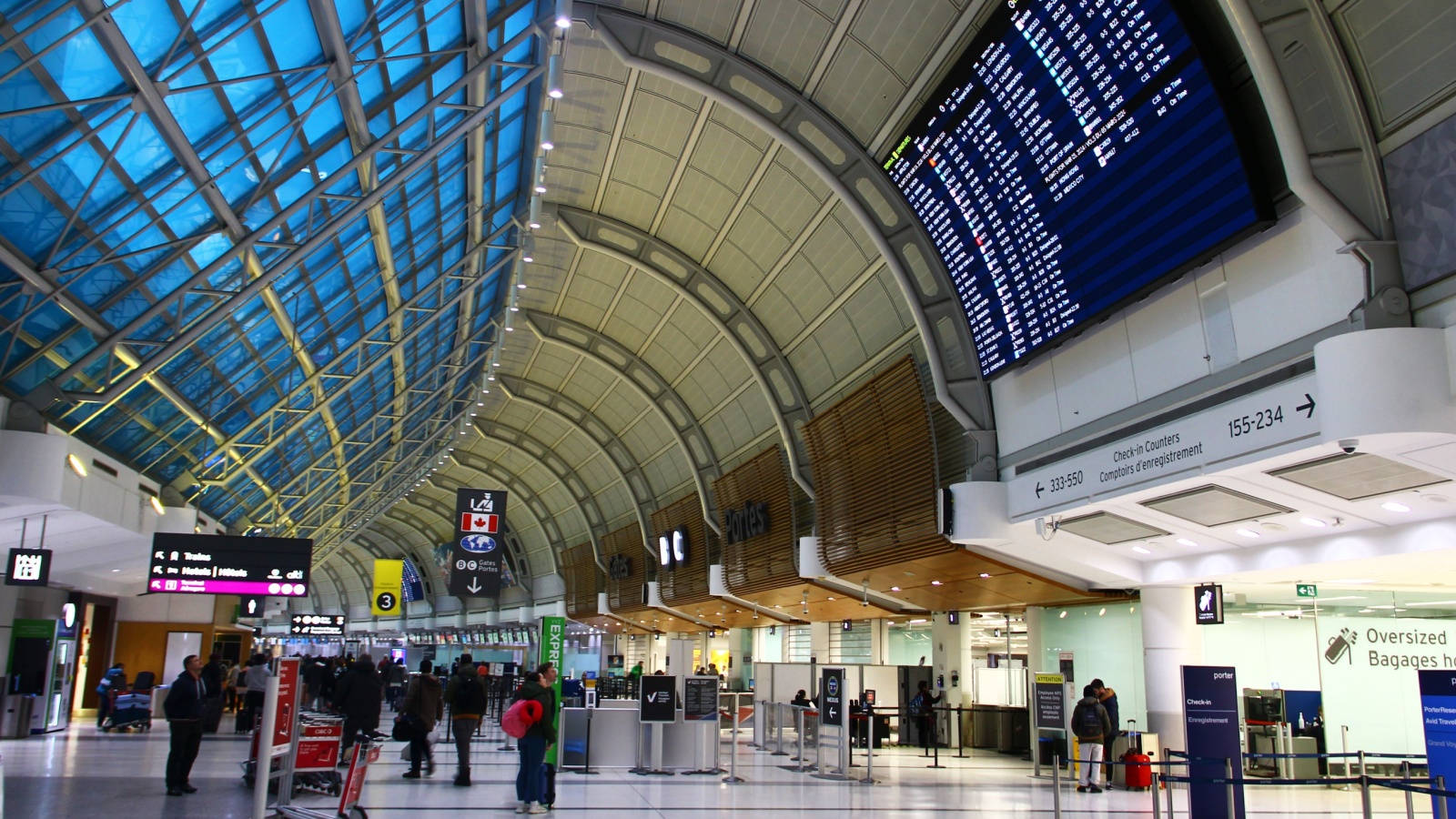
Toronto Pearson is Canada’s largest and busiest airport, but with size comes major headaches. In 2023, Pearson recorded over 35% of flights delayed or canceled, landing it among the worst in North America. While amenities and connections are unmatched, long walks between gates, frequent bottlenecks at customs, and understaffed checkpoints make it one of the most stressful airports for travelers. Weather, congestion, and operational inefficiencies consistently plague YYZ, and despite being the country’s flagship hub, Pearson has become synonymous with travel delays, frustrating both domestic passengers and international fliers.
Halifax Stanfield International Airport (YHZ)
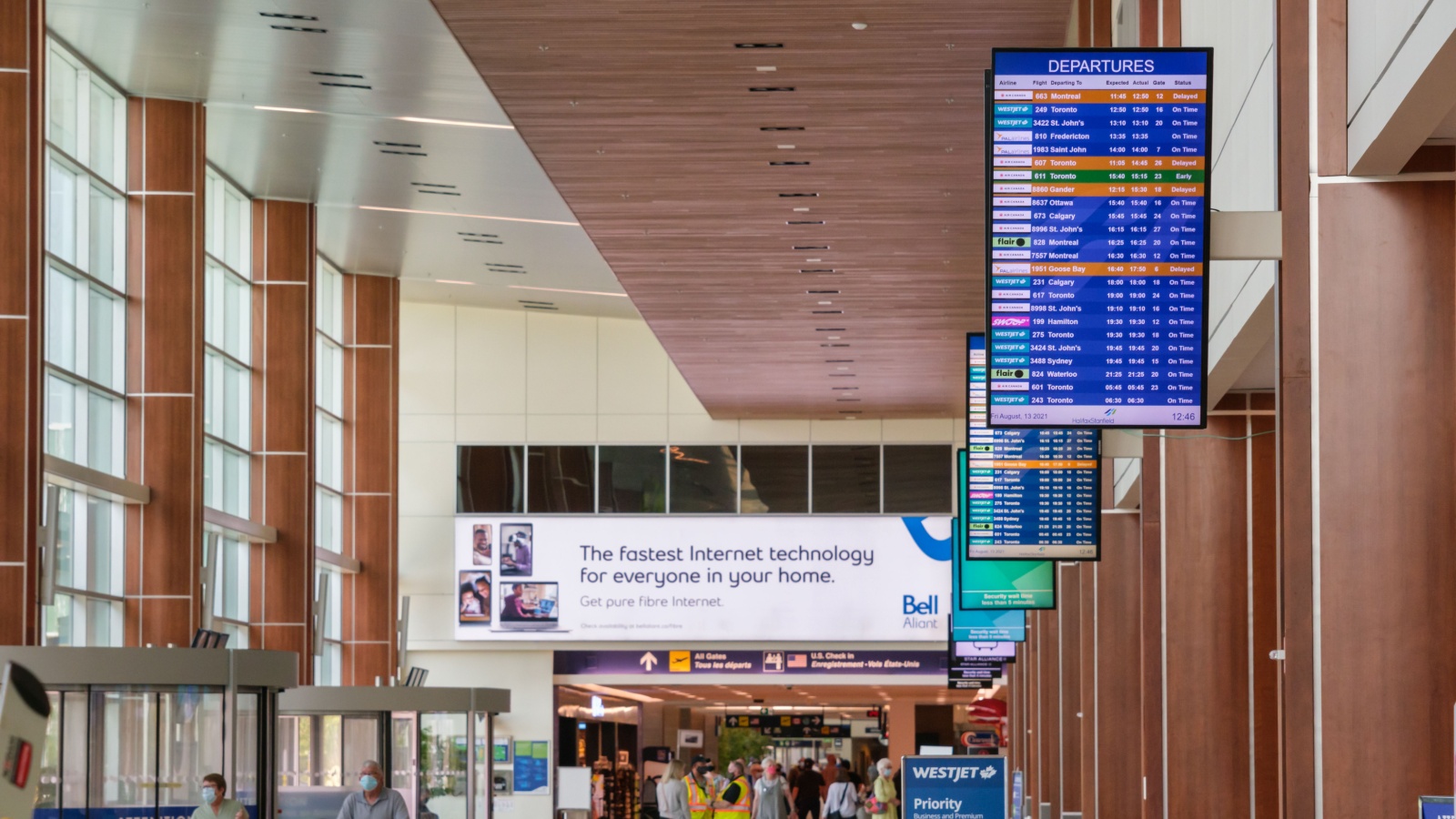
Halifax Stanfield is a crucial hub for Atlantic Canada, but it struggles with reliability. While not as delay-prone as Toronto or Montréal, weather and staffing shortages often contribute to slower operations. Winter storms can bring cancellations, and travelers note limited food and shopping options when waiting. Although the airport is clean and easy to navigate, long delays feel worse because there’s little to do during them, while variable on-time performance makes YHZ less predictable.
Edmonton International Airport (YEG)
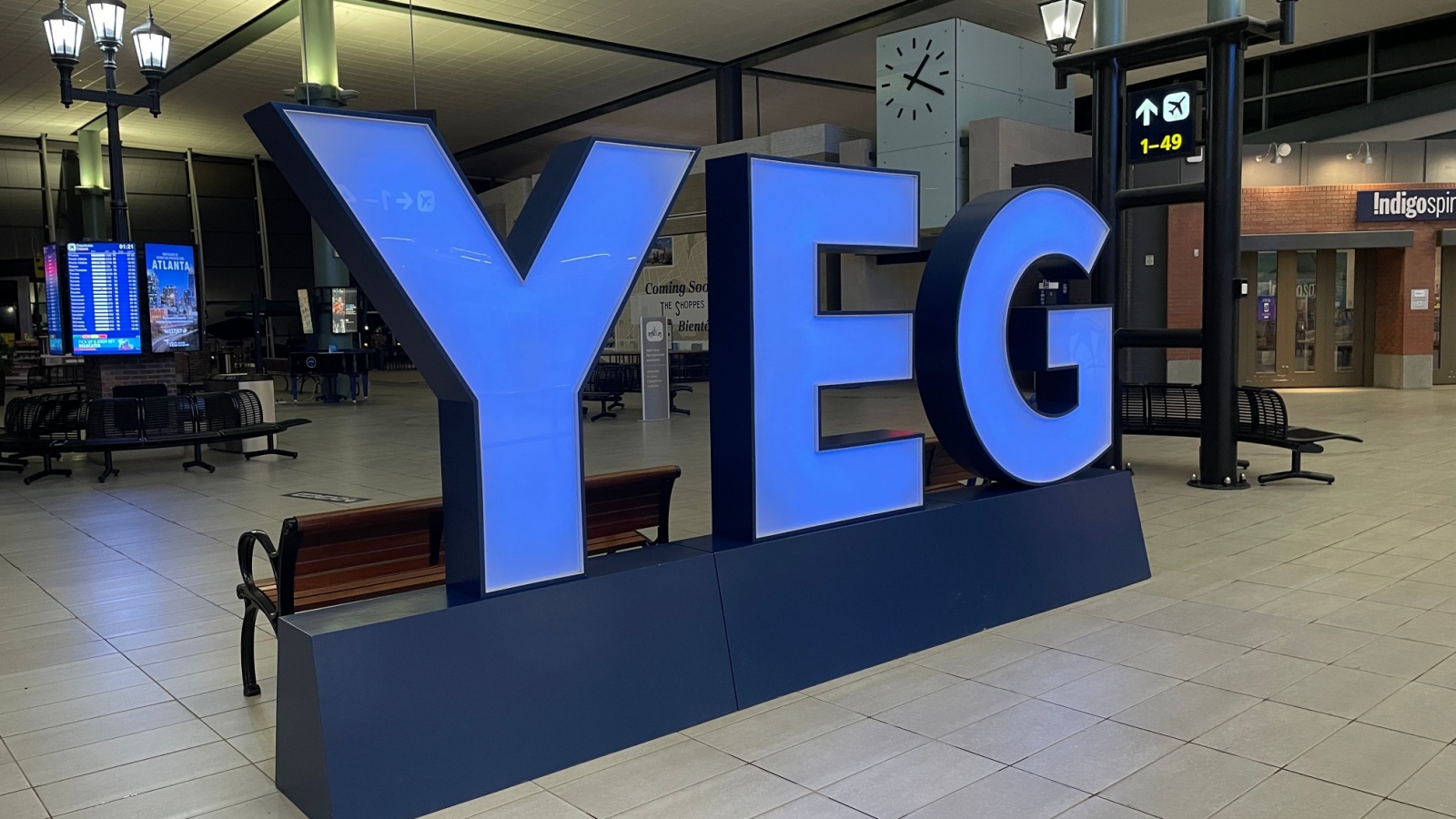
Edmonton International ranks slightly higher than Halifax, though it isn’t free of issues. The airport’s smaller traffic volume means fewer cascading delays, but Alberta’s long winters bring frequent de-icing delays and weather disruptions. Although YEG offers a modern layout and improved amenities, staffing shortages occasionally slow down check-in and baggage handling. YEG is ahead of Toronto and Montréal for punctuality, but not by a wide margin. For travelers, the experience is generally smoother than at larger hubs, though winter weather can still throw schedules off significantly.
Calgary International Airport (YYC)
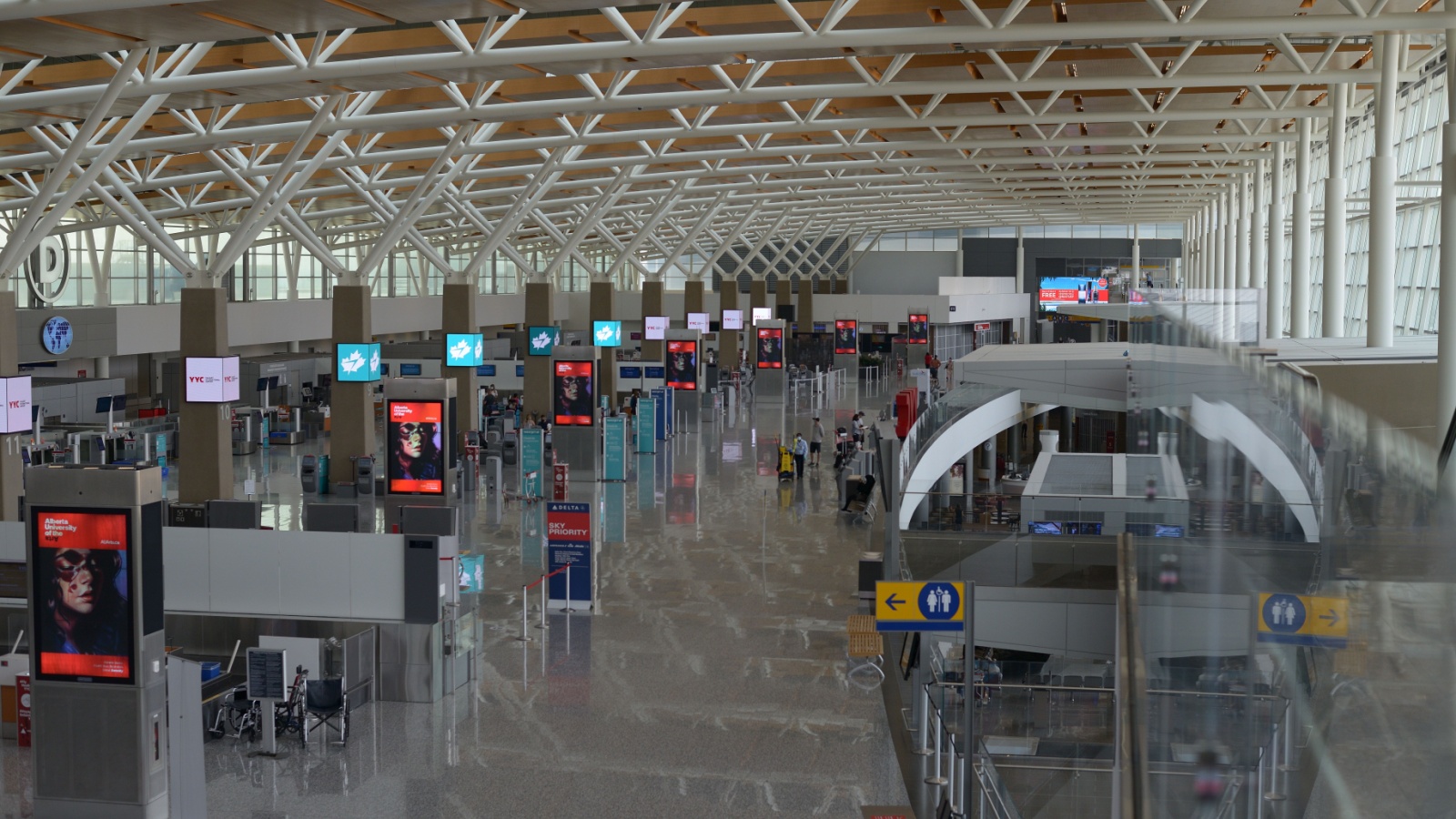
Calgary International is a major Western hub that fares somewhat better on reliability but still faces challenges. YYC has stronger punctuality rates than Pearson and Trudeau, yet winter storms and heavy traffic keep delays common. The airport features a sleek, modern terminal and enhanced passenger flow, but travelers continue to complain about lengthy taxi times to the runways. While YYC is an essential stop for business travelers and connections to the Rockies, it remains unpredictable during peak holiday travel. Passengers often add buffer time when flying through Calgary, especially in winter.
Ottawa Macdonald–Cartier International Airport (YOW)
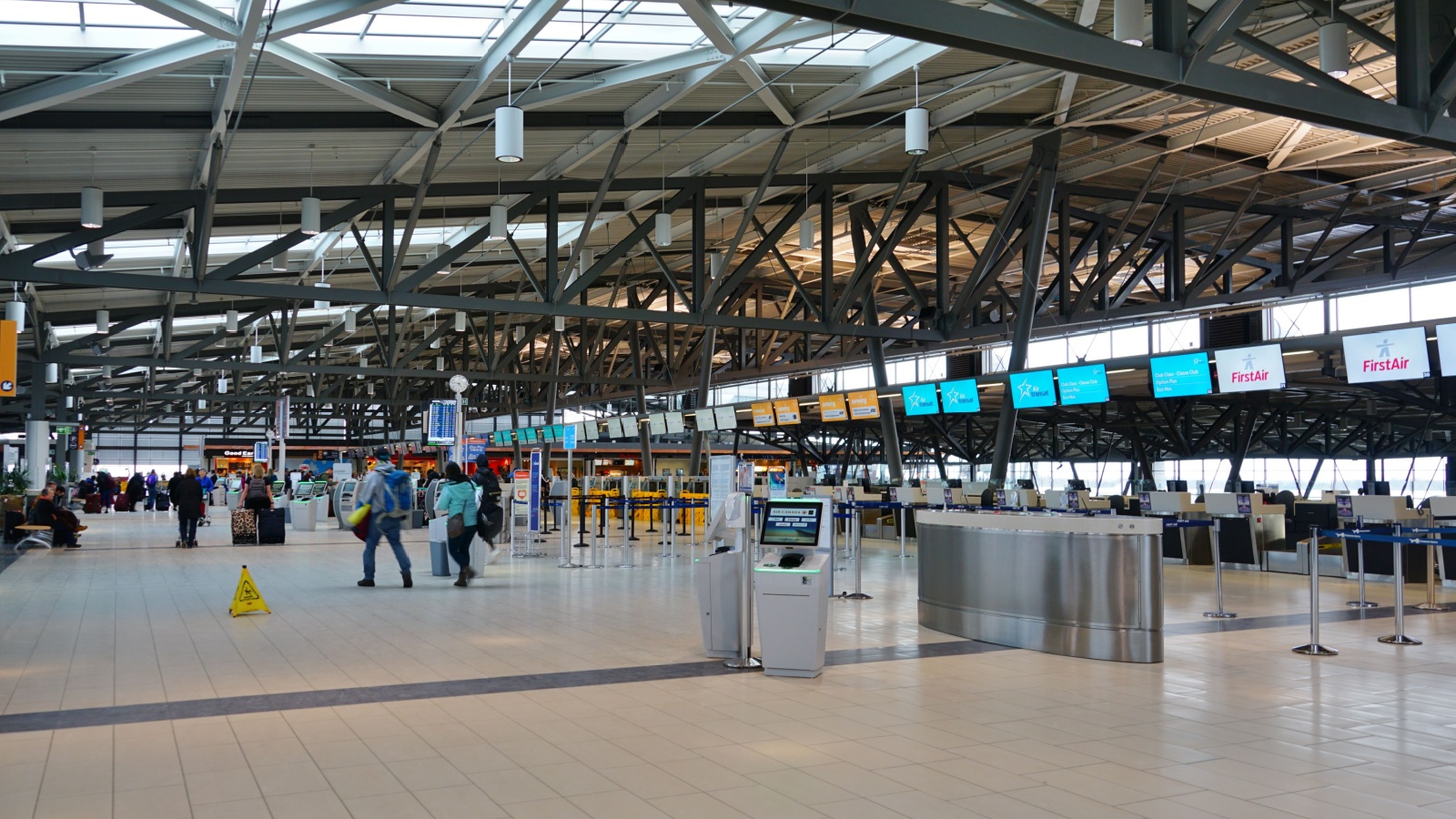
Ottawa’s Macdonald–Cartier Airport comes in the middle of the pack, offering a smoother experience than Canada’s largest hubs but not without flaws. It has better punctuality than Toronto and Montréal, with fewer than 30% of flights delayed, and the airport benefits from lighter traffic and manageable passenger flow, which helps reduce congestion. However, limited dining and shopping options can make longer waits feel tedious. Ottawa’s smaller size works in its favor operationally, but passengers often feel the lack of amenities compared to bigger airports.
Winnipeg James Armstrong Richardson International Airport (YWG)
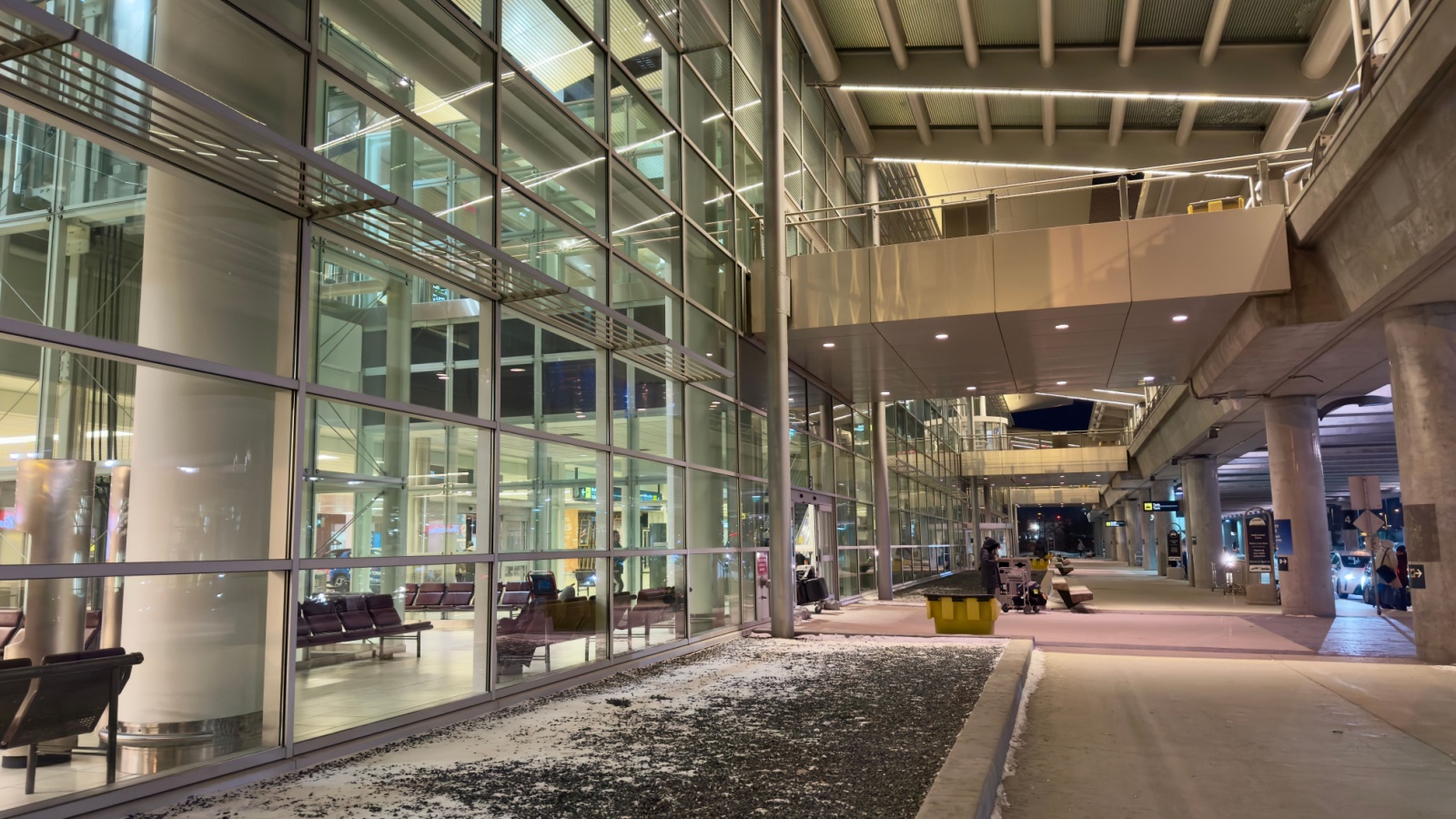
Winnipeg’s Richardson International Airport delivers a relatively smooth travel experience, thanks to manageable traffic volumes. It has better on-time performance than Toronto, Montréal, and Calgary, placing it in the more reliable tier, and travelers appreciate the clean, modern facilities and simple layout that makes navigation easy. However, frequent winter-related delays caused by harsh weather can quickly disrupt schedules. While the airport lacks extensive amenities, its efficiency often makes up for it.
Yellowknife Airport (CYZF)
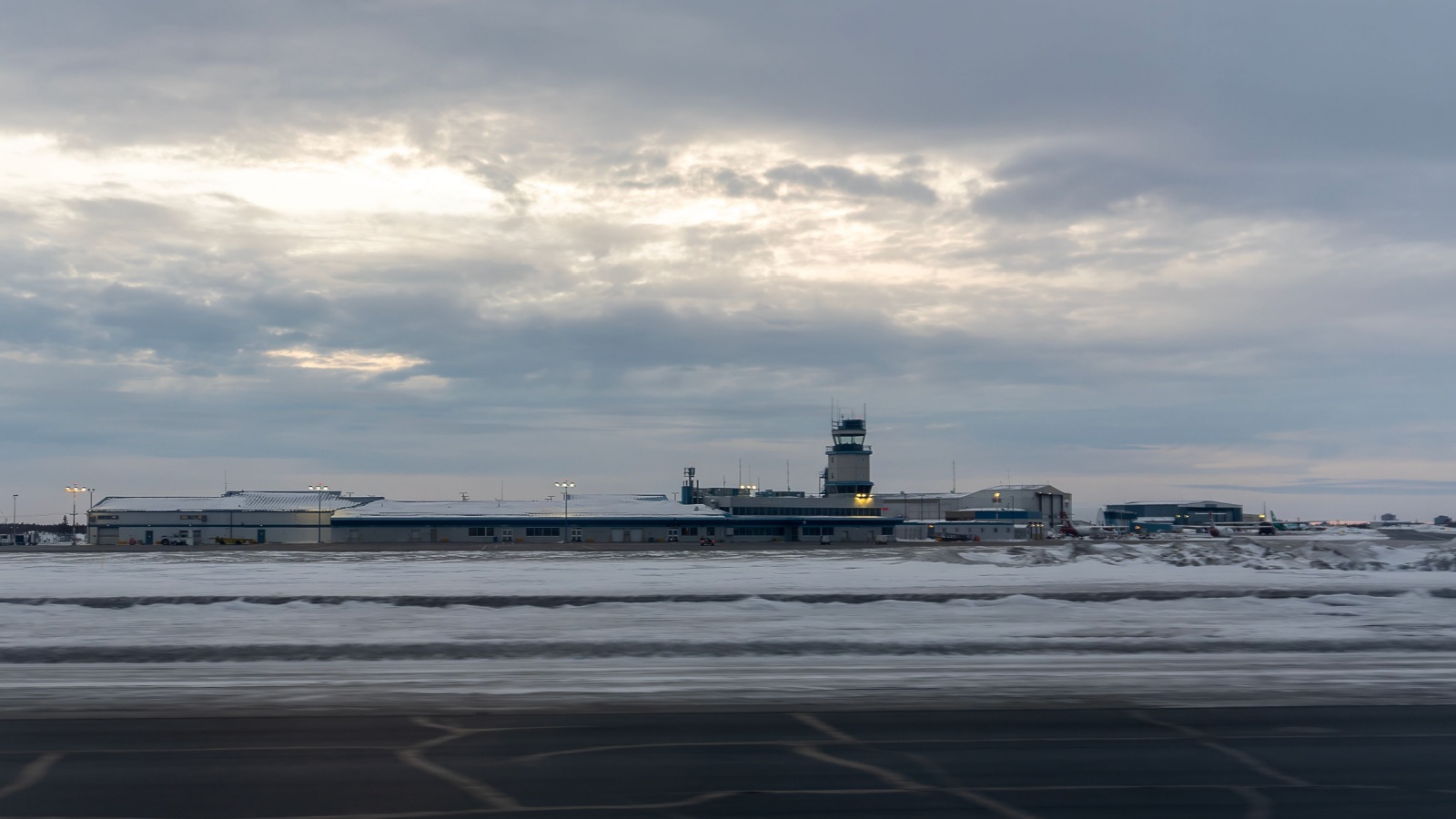
Yellowknife Airport gets praise from travellers for its service and terminal experience. It has strong ratings for things like baggage claim, cleanliness, access, and check-in, but delays do crop up, particularly linked to weather, northern operations, and equipment maintenance. For example, a traveller reported a 2-hour+ delay on a Canadian North flight from Edmonton to YZF due to an aircraft issue (flap motor replacement). Also, flight status boards show that scheduled arrivals/departures are generally reliable, but flight cancellations or delays are more likely when storms or extreme cold hit.
Québec City Jean Lesage International Airport (YQB)
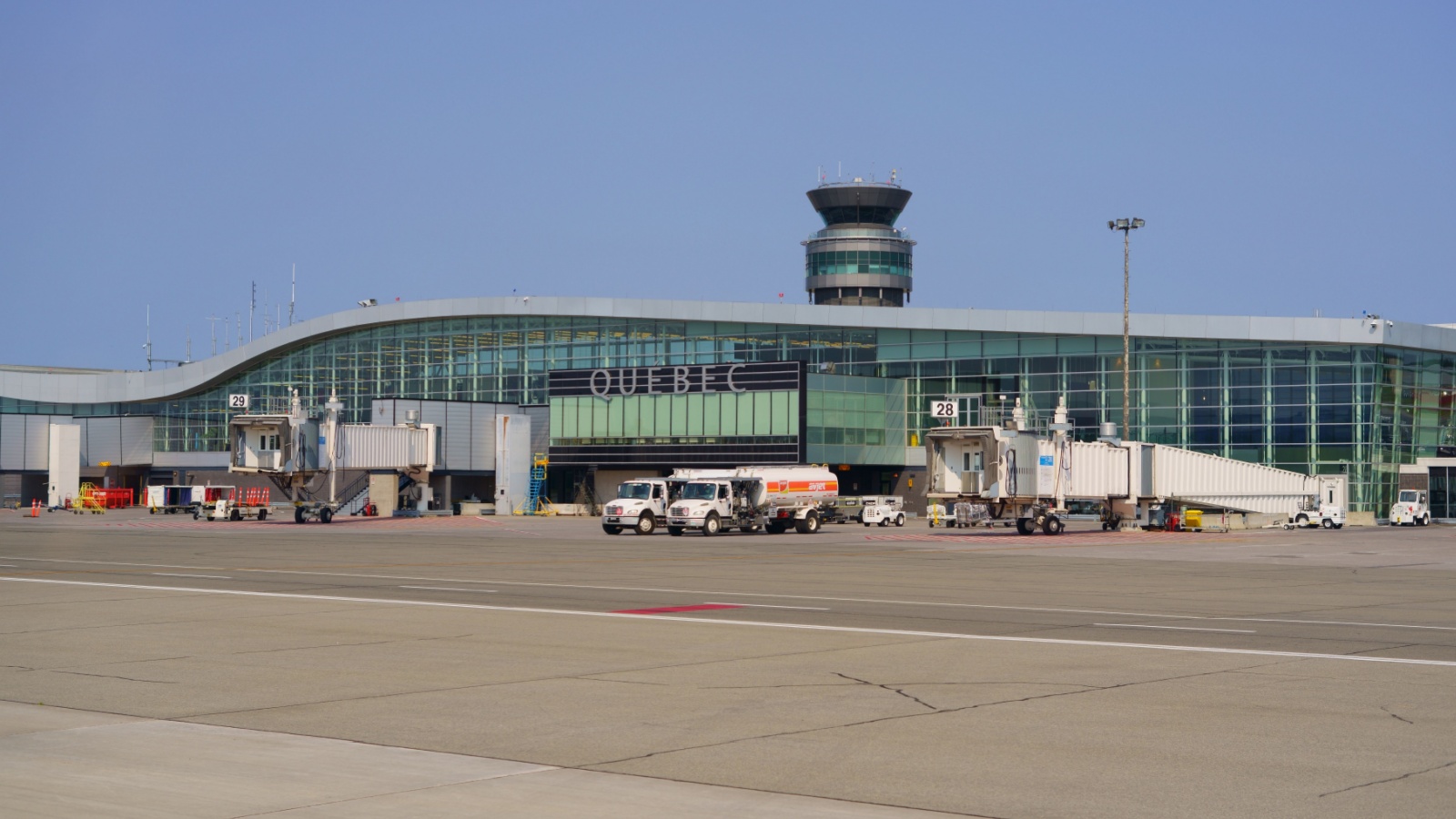
Québec City’s Jean Lesage International Airport ranks relatively well, offering more reliability than larger hubs. Its smaller size means shorter security lines, less congestion, and generally quicker boarding processes, and it has a stronger on-time performance compared to Toronto, Montréal, and Calgary. Although the airport is easy to navigate, it suffers from limited flight options, so delays can be more impactful when they do occur. Amenities are modest, but passengers often appreciate the calm, straightforward atmosphere, making YQB is a solid regional hub that provides a smoother experience than most big-city airports.
Billy Bishop Toronto City Airport (YTZ)
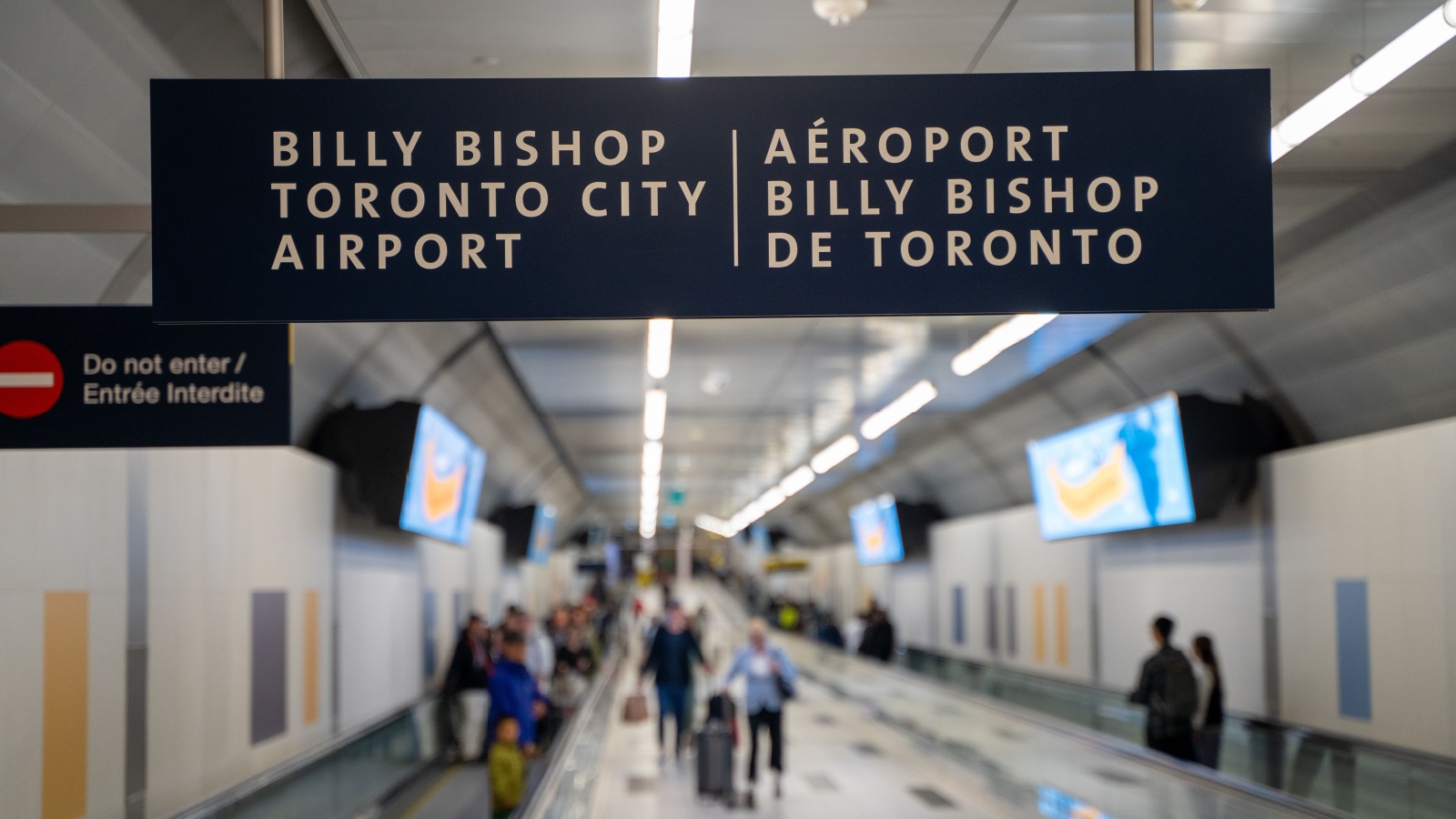
Billy Bishop Airport, located on Toronto’s waterfront, ranks high for convenience but struggles with some reliability concerns. It performs better than Pearson in terms of punctuality, mainly due to fewer flights and less congestion, and the airport’s easy access to downtown Toronto makes it a favorite among business travelers. However, limited runway capacity and weather disruptions can still cause delays. With modest amenities and a small, straightforward layout, Billy Bishop offers an efficient experience overall. For short-haul travelers, it often proves more pleasant than Pearson’s sprawling, chaotic operation.
Thunder Bay International Airport (YQT)
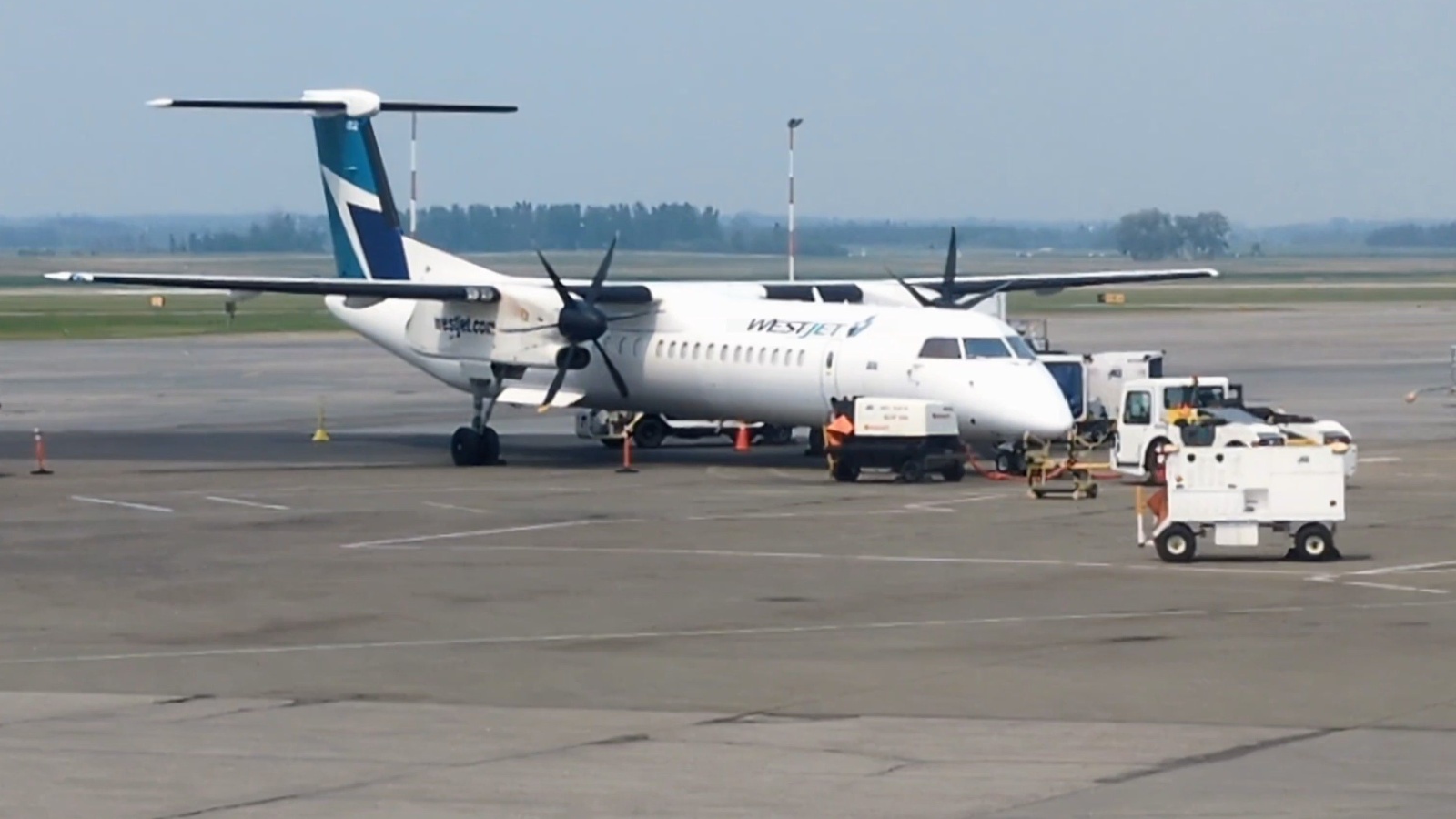
Thunder Bay Airport may be small, but it stands out with a relatively smooth passenger experience. It has stronger punctuality than most large hubs, thanks to its lower traffic volumes, and features a straightforward layout and quick processing times, which travelers often appreciate. However, flight options are limited, and cancellations hit harder when alternatives are scarce, while winter storms in Northern Ontario can also disrupt operations. Still, compared to chaotic major airports, Thunder Bay offers a no-frills but dependable travel experience for those flying within the region or connecting further west.
Saskatoon John G. Diefenbaker International Airport (YXE)
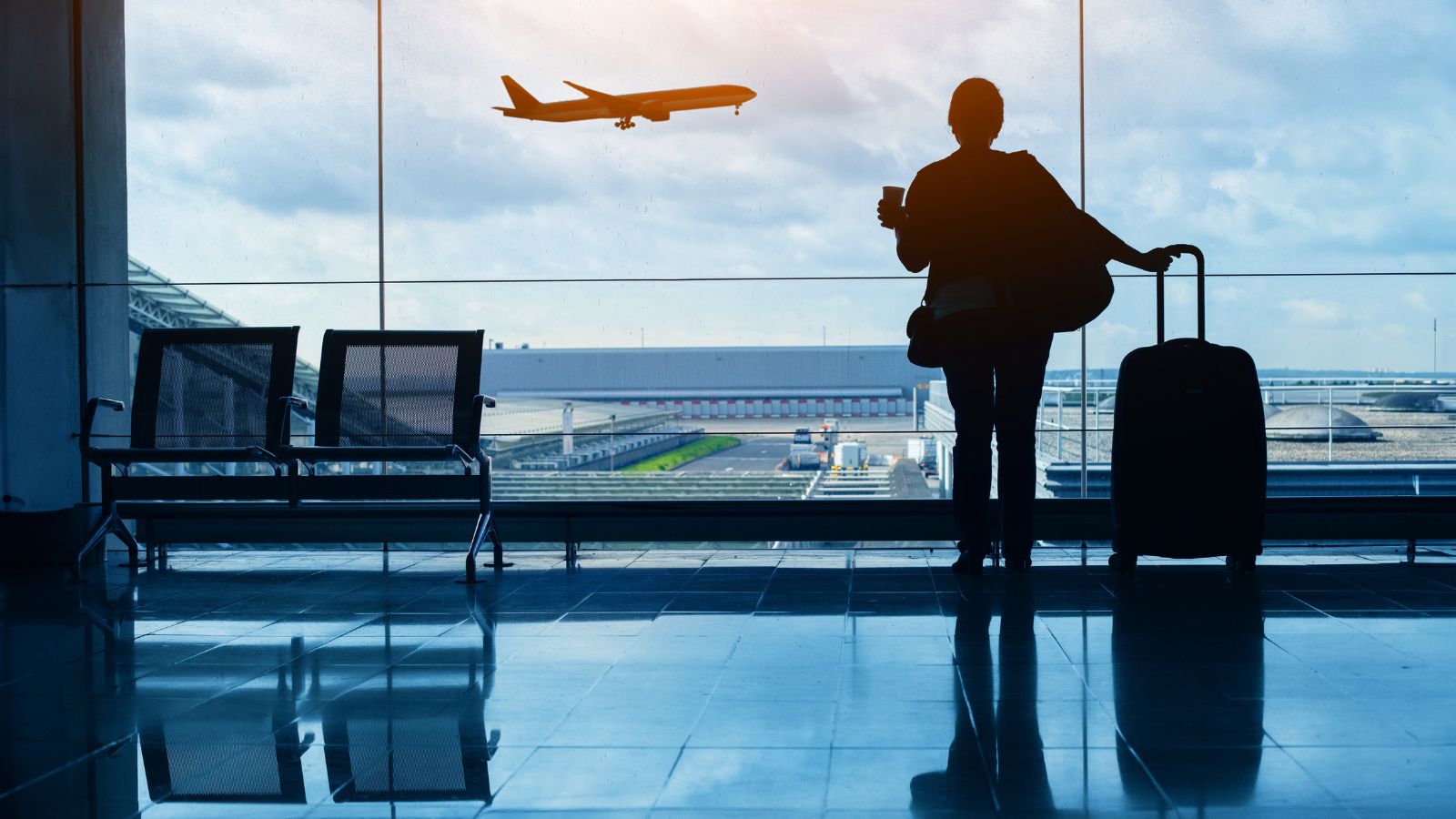
Saskatoon’s airport earns praise for efficiency and overall reliability. Its punctuality outpaces Canada’s busiest hubs, with delays affecting fewer travelers, and the airport is clean, easy to navigate, and rarely overcrowded, which adds to the experience. On the downside, it lacks the amenities and range of flights that larger airports provide, while harsh Prairie winters can occasionally cause disruption, but not at the scale seen in Toronto or Montréal. For travelers seeking a calmer, more consistent departure point, Saskatoon stands as one of Canada’s underappreciated regional airports.
St. John’s International Airport (YYT)
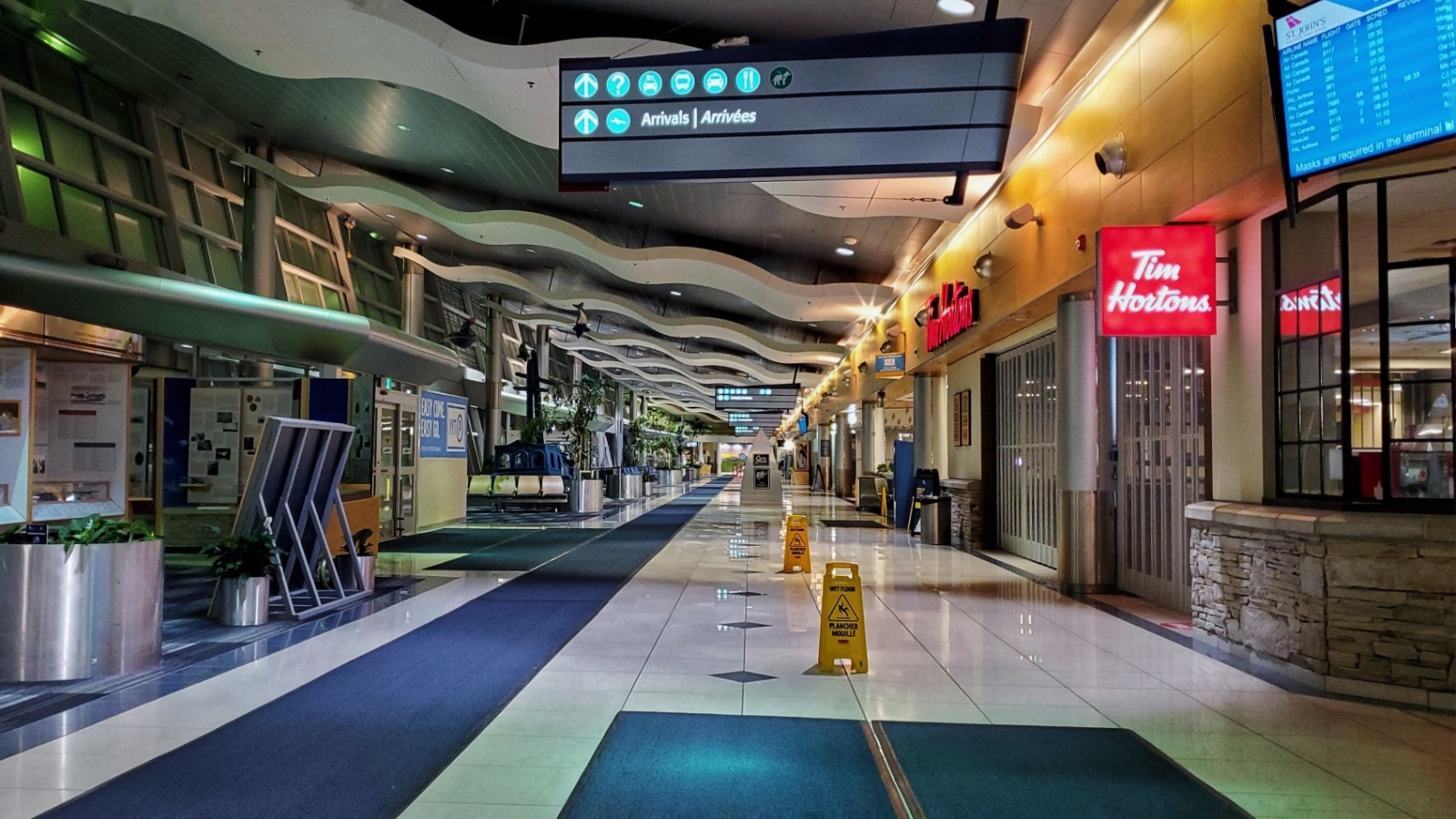
St. John’s International offers a friendlier, more relaxed environment than larger Canadian airports, but it’s not without challenges. It is above average in terms of punctuality, aided by smaller passenger volumes, and its amenities are limited; however, the airport’s simplicity makes navigating it stress-free. The biggest drawback is Newfoundland’s unpredictable weather, which often disrupts schedules, especially during the winter season. Still, when flights operate on time, the experience is far less chaotic than in Canada’s biggest hubs, and for Atlantic travelers, St. John’s delivers a reliable, straightforward airport experience most of the time.
Regina International Airport (YQR)

Regina International stands out for its reliability and ease of use. It is among the more punctual airports in Canada, thanks to its lighter passenger traffic and fewer operational bottlenecks. It has clean, well-organized facilities and manageable wait times, which earn it positive reviews. Like other regional hubs, it lacks extensive amenities and flight options, making cancellations more disruptive, and winter weather can also interfere with schedules, but not to the same extent as larger hubs. Overall, Regina offers a smooth, straightforward experience for travelers who prioritize efficiency over luxury.
Victoria International Airport (YYJ)

Victoria International earns strong marks for punctuality and traveler satisfaction. It is ahead of most larger airports, with delays less common than in Toronto, Montréal, or Calgary, and the airport’s simple layout, shorter lines, and friendly service contribute to its positive reputation. While amenities are limited compared to bigger hubs, the atmosphere is far less stressful, and while weather disruptions occasionally occur, they are less severe than in central and eastern Canada. For travelers heading to or from Vancouver Island, Victoria provides one of the country’s most reliable airport experiences.
Montréal Saint-Hubert Airport (YHU)
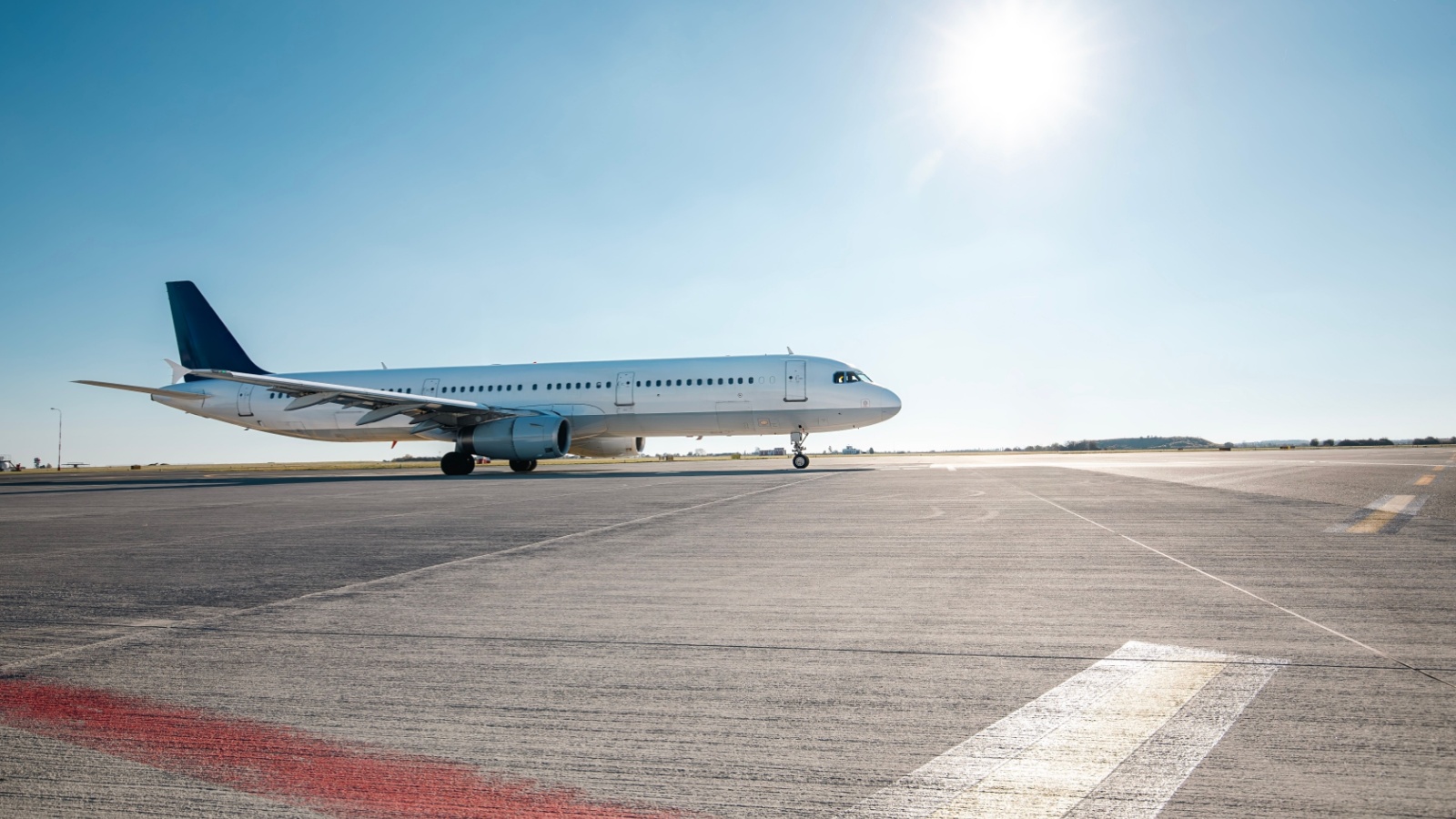
Saint-Hubert (YHU) is a smaller, regional airport near Montréal that punches above its weight in terms of infrastructure. It has three runways, upgraded recently to handle modern aircraft like the Airbus A220 and Boeing 737, and because it serves fewer commercial flights, its traffic is lighter and it doesn’t suffer from the crowding issues common at larger airports. Waiting times for check-in and security are typically shorter, and navigation is easier. For travelers wanting proximity to Montréal with less stress, YHU offers a quieter, more relaxed experience compared to big hubs.
Boundary Bay Airport (YDT )

Boundary Bay Airport (YDT), near Vancouver, is listed as one of the more pleasant smaller airports in Canada. It is an important site for flight training, aircraft maintenance, and private aviation rather than major commercial traffic. Because of its specialized function, delays are less common, and operations are more predictable. The amenities are modest but functional, and the environment is quieter and less chaotic, making it a good option for certain kinds of flyers. For people sensitive to crowds or large terminals, YDT feels more laid-back and easier to navigate.
Gander International Airport (YQX)
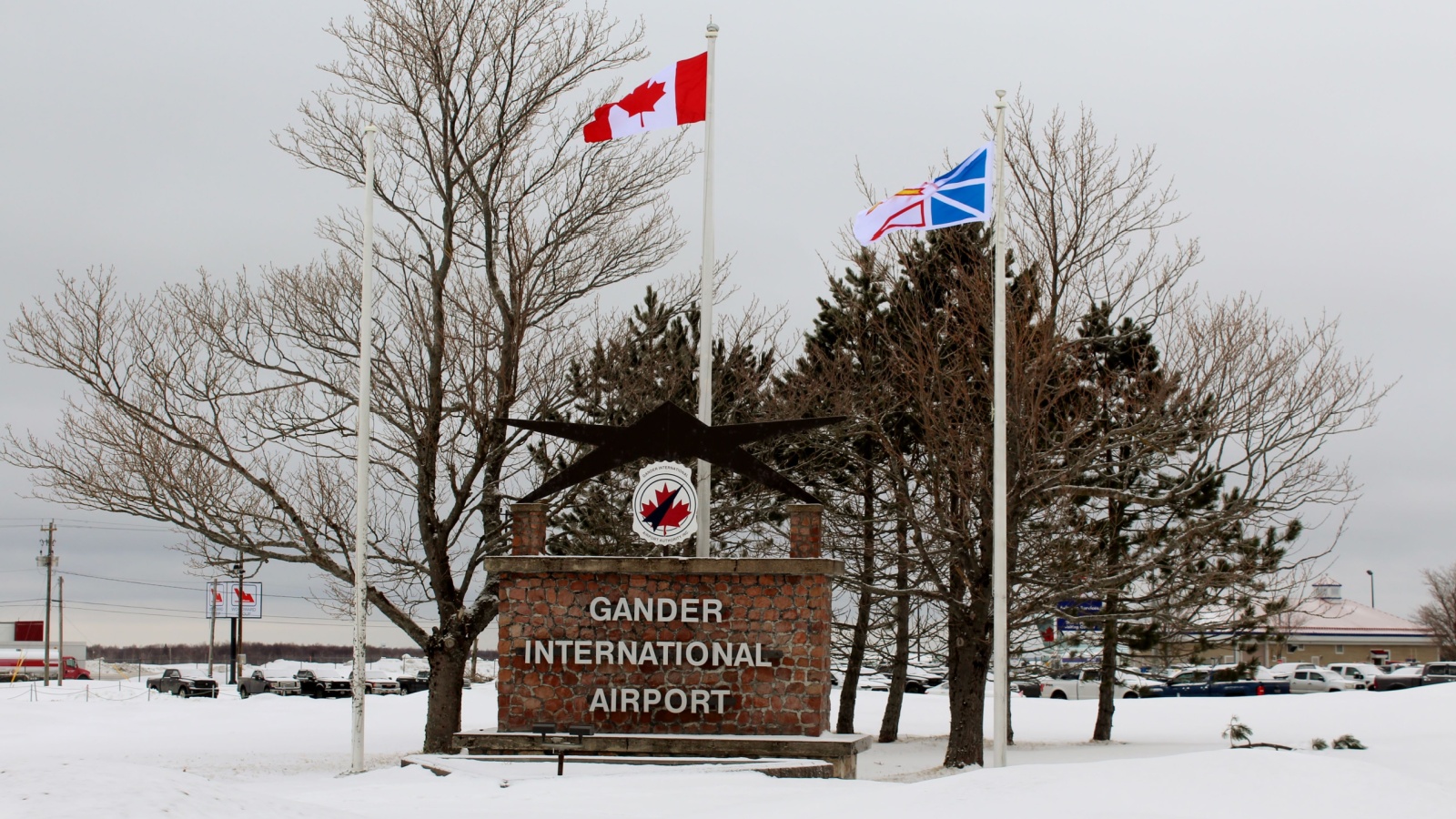
Gander International (YQX) is a historic airport in Newfoundland & Labrador noted for its charm and strategic location. Built in 1936, it served as a key refueling stop in early transatlantic flight history, and while commercial traffic today is smaller, it remains an international airport. TravelTriangle highlights its mid-century terminal architecture, which many travelers find appealing. Because its size is moderate and service volume is lower than that of big hubs, delays tend to be fewer and more manageable. Travelers often say that the experience here is more pleasant, with fewer hassles and a more human scale than at major airports.
Baie-Comeau Airport (CYBC)
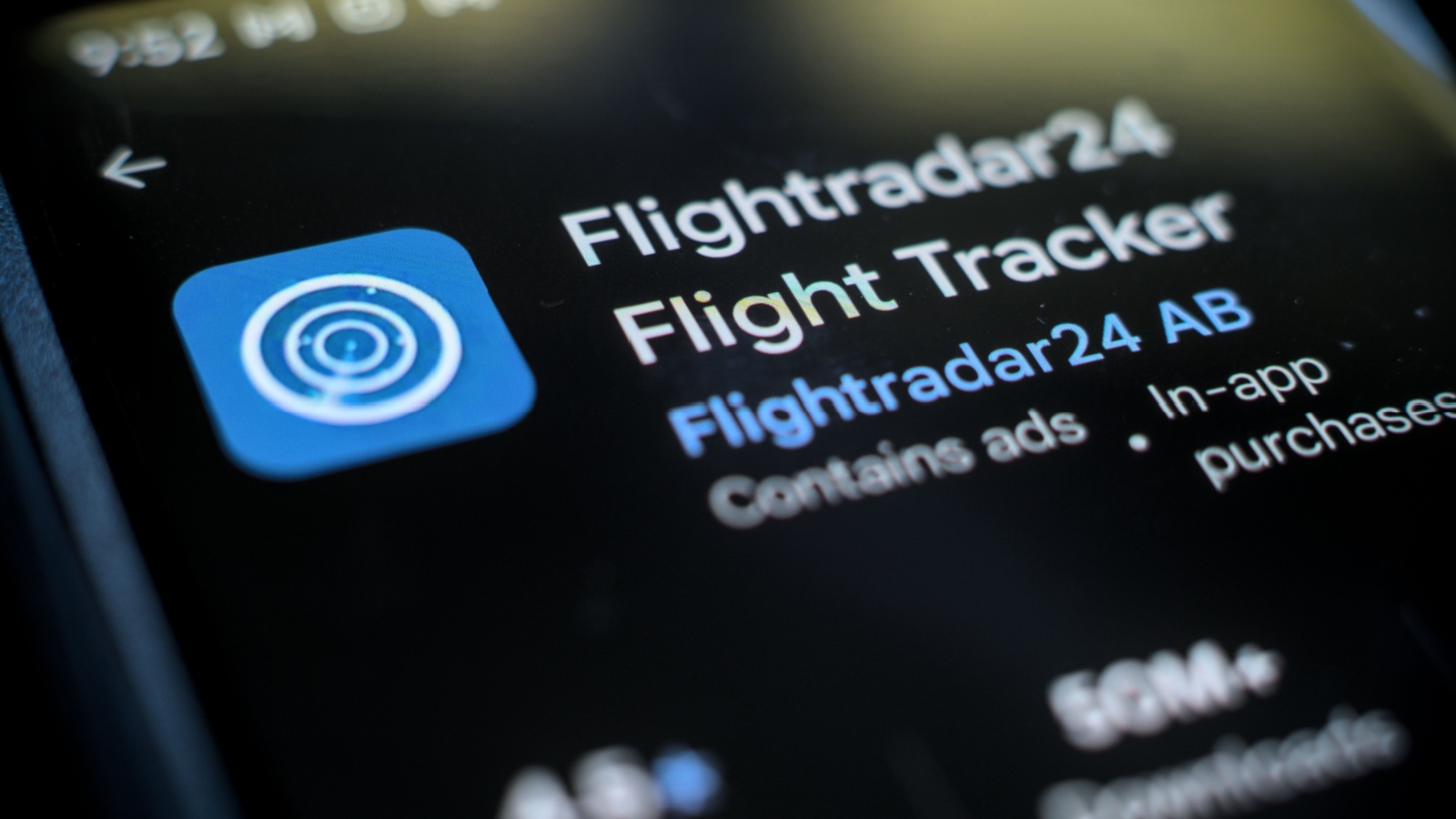
Baie-Comeau is a small regional airport in Quebec. Real-time flight trackers (e.g. FlightRadar24, Skyscanner) show that many flights are “on time” or have small delays. Still, there are also frequent gaps/“no info available” for arrivals or departures, indicating less consistent data reporting. The airport’s scale works in its favour, as lower traffic volumes mean fewer cascading delays. However, when the weather kicks in, even YBC’s modest infrastructure can struggle, causing delays, and because of limited amenities, these delays feel more uncomfortable for flyers waiting longer.
Vancouver International Airport (YVR)
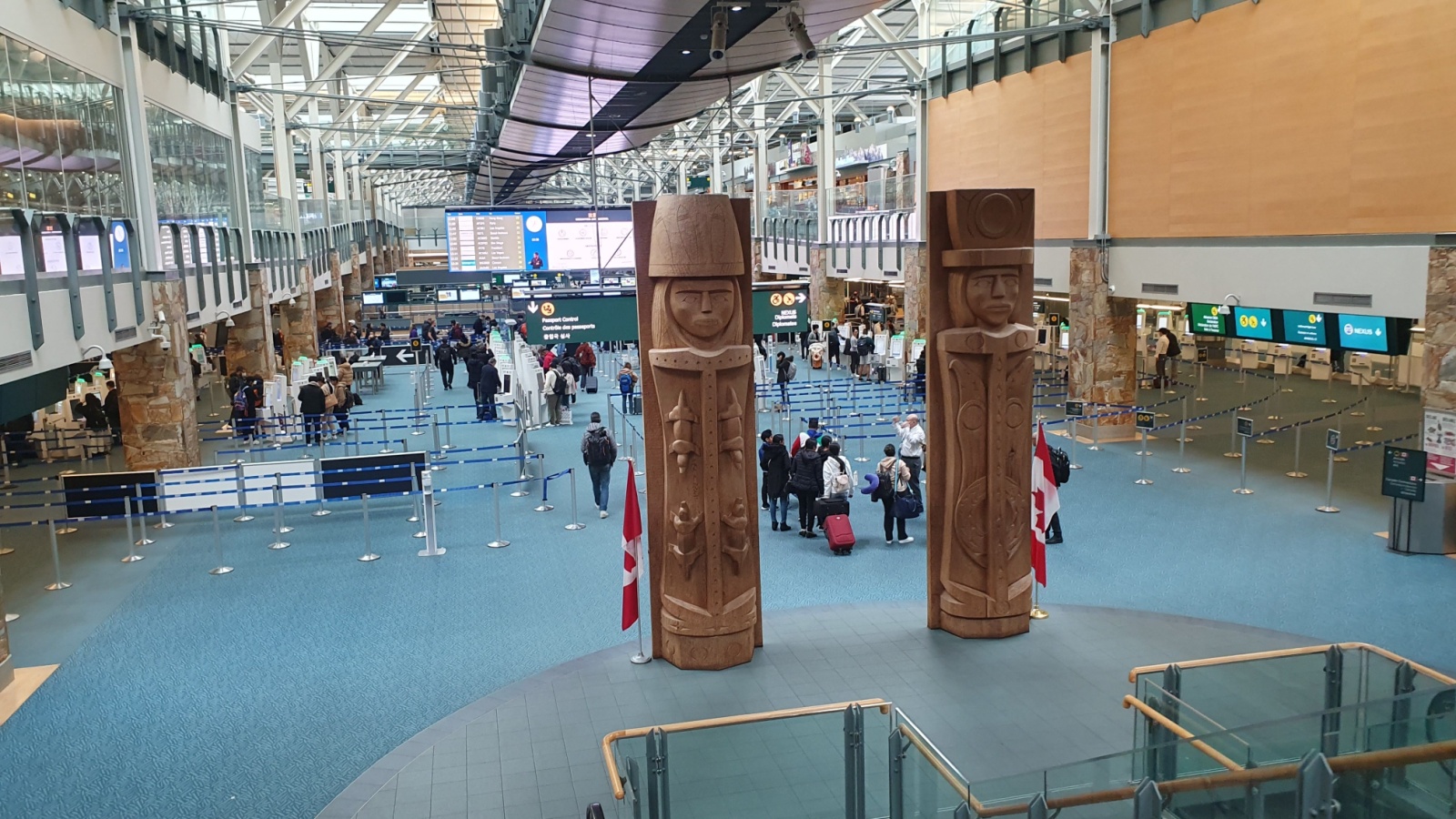
Vancouver International is one of Canada’s busiest airports, and while it has been praised for design and amenities, delays remain an issue. About 30% of flights experience delays, placing it firmly in the middle of Canadian rankings, and YVR’s international connections, especially to Asia-Pacific, add to congestion challenges. Still, the airport earns points for excellent food, shopping, and passenger experience, making delays more tolerable. Its west coast location means weather impacts are less severe than in central Canada, but heavy traffic keeps it from breaking into the top tier.
Kelowna International Airport (YLW)
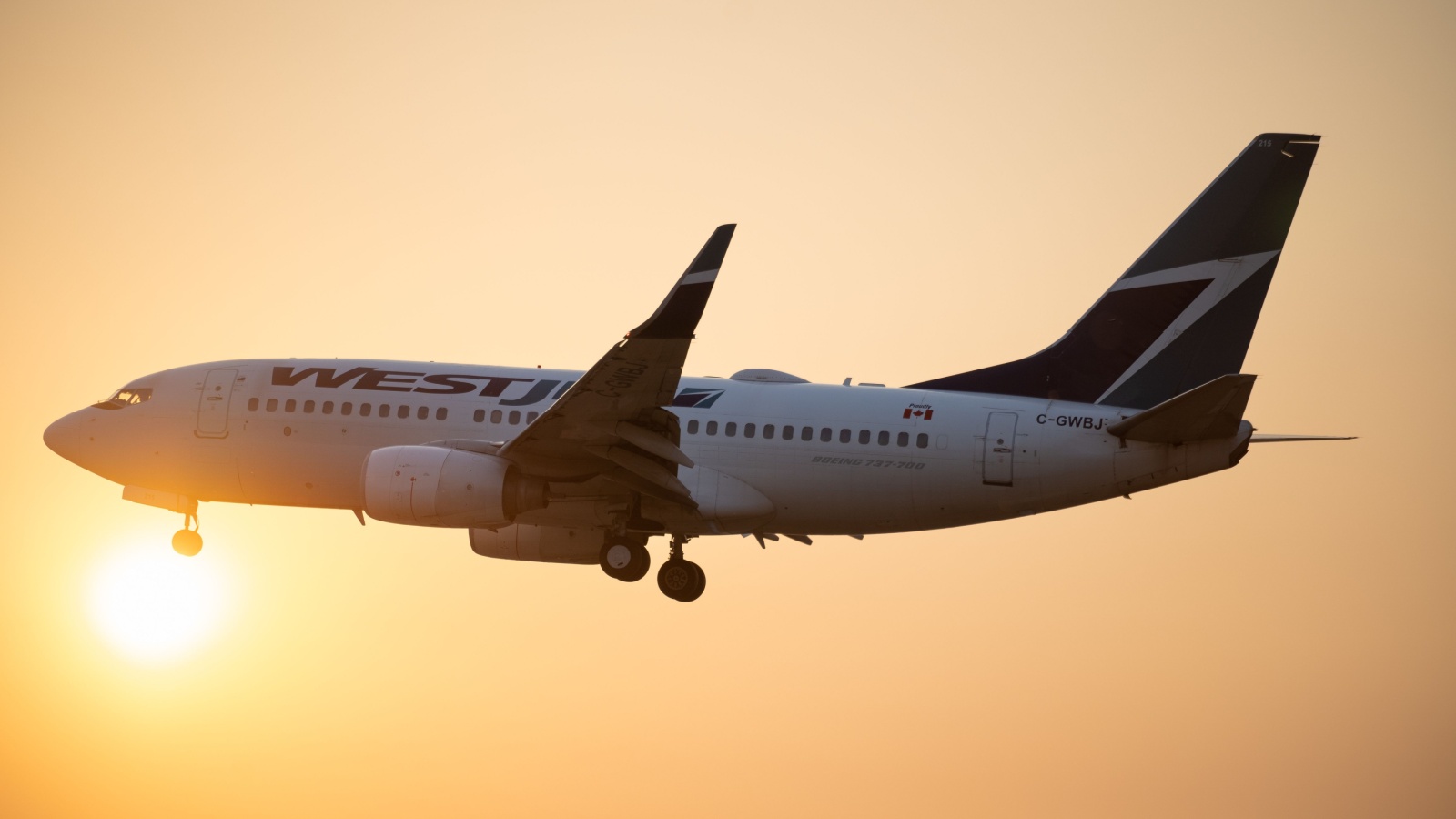
Kelowna International has earned a reputation as one of Canada’s most dependable mid-sized airports. It is above many larger hubs for on-time departures, with its efficient design and manageable passenger flow. The airport is small enough to avoid major congestion but large enough to offer a fair selection of flights and services. Winter weather can bring some disruption, but delays are less frequent compared to other Canadian regions. Passengers value the ease of navigation and overall calm environment. Kelowna strikes a strong balance between reliability and accessibility.
London International Airport (YXU)
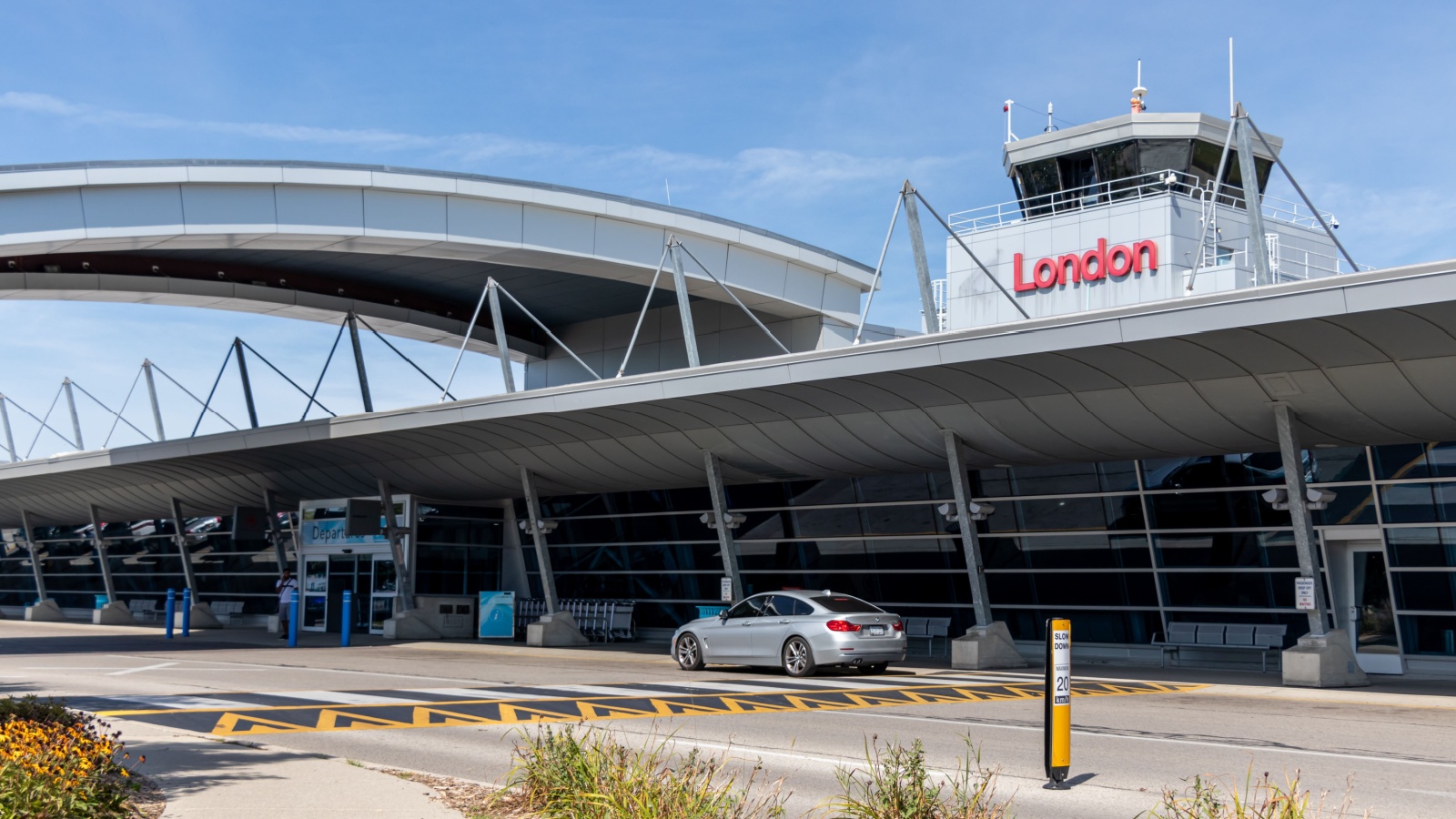
London International may not be Canada’s busiest, but its performance consistently outshines the bigger hubs. It has stronger punctuality than Toronto and Montréal, with fewer delays thanks to smaller traffic volumes, and the airport is easy to navigate, with friendly staff and minimal wait times. While flight options are limited, its regional focus allows for smoother operations overall. Passengers often appreciate the simplicity of the travel experience compared to the stress of Pearson. For travelers in Southwestern Ontario, London provides a practical and efficient alternative to busier airports nearby.
Moncton Roméo LeBlanc International Airport (YQM)
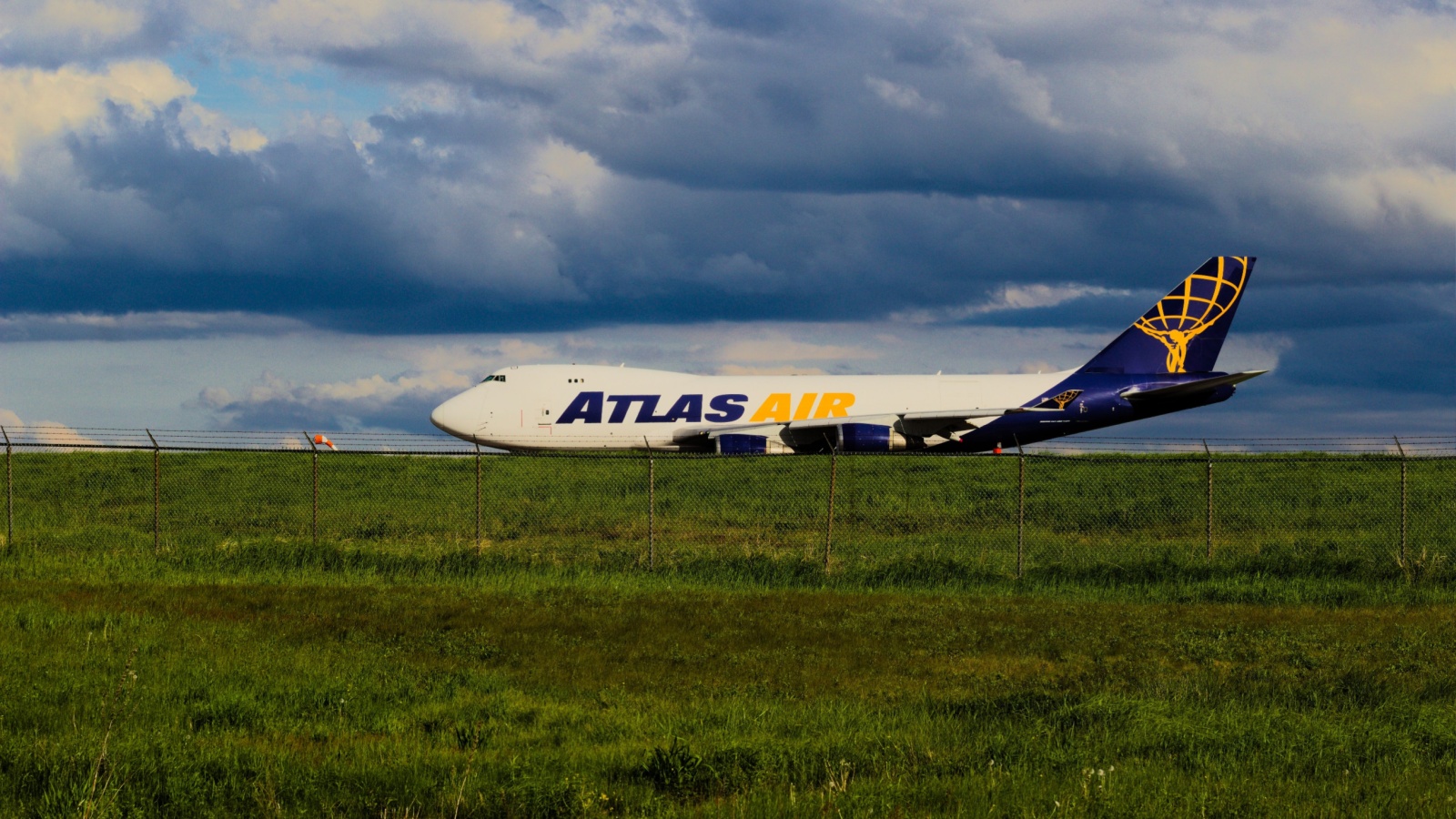
Moncton International ranks among Canada’s most reliable airports, combining efficiency with a straightforward passenger experience. Its punctuality record outperforms major hubs, and it is known for short wait times and easy navigation. Like other regional airports, amenities are limited, but the lack of congestion makes travel less stressful. Winter storms can occasionally interfere with operations, but overall, delays are far less frequent than in Toronto or Montréal. For travelers in Atlantic Canada, Moncton provides a smooth, dependable gateway that avoids the chaos often found in larger Canadian airports.
Charlottetown Airport (YYG)

Charlottetown Airport is one of the top performers in Canada when it comes to passenger experience and reliability. Delays are rare compared to the country’s largest hubs, and the airport’s small size and welcoming atmosphere make travel more personal and less stressful. While flight options are limited, the efficiency and friendliness of the staff create a positive impression. Weather can occasionally cause delays, but not at the scale seen in larger cities. For travelers in Prince Edward Island, Charlottetown offers one of Canada’s smoothest airport experiences.
Deer Lake Regional Airport (YDF)

Deer Lake Regional Airport in Newfoundland tops the rankings for its efficiency and reliability. It has a strong punctuality record, far surpassing major hubs like Toronto and Montréal, and it has a simple layout, minimal wait times, and traveler-friendly service. While small in scale, its size actually works to its advantage by eliminating congestion and long security lines. Weather remains a factor, but overall, Deer Lake provides a smoother and less stressful experience than any of Canada’s busiest airports.
21 Products Canadians Should Stockpile Before Tariffs Hit

If trade tensions escalate between Canada and the U.S., everyday essentials can suddenly disappear or skyrocket in price. Products like pantry basics and tech must-haves that depend on are deeply tied to cross-border supply chains and are likely to face various kinds of disruptions
21 Products Canadians Should Stockpile Before Tariffs Hit
